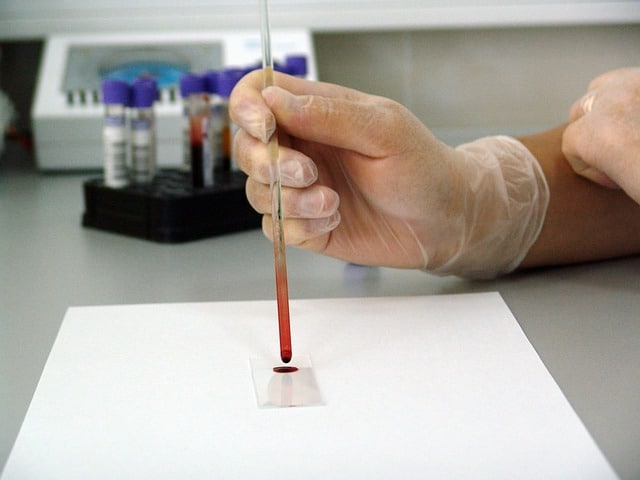
The disintegration of red blood cells that leads to the release of hemoglobin into the blood plasma is called hemolysis or hemolysis.
Hemolysis is the process that occurs when red blood cells disintegrate and the hemoglobin they contained is released into the blood plasma . The term can also be stressed on the first I ( hemolysis ).
To understand what hemolysis is, therefore, it is important to first define other concepts. First of all, you have to know that red blood cells , also called red blood cells or erythrocytes , are blood cells . Among its components is hemoglobin , a protein that is responsible for carrying oxygen from the organs of the respiratory system to the various tissues of the body.
Red blood cells do not have a nucleus or organelles: therefore, as they wear out, they are not in a position to repair themselves. At a certain point, red blood cells are destroyed and their hemoglobin is released into plasma, which is the liquid part of blood. This process of destruction of the erythrocyte and subsequent release of its hemoglobin into the bloodstream is called hemolysis.
Development of hemolysis
It is important to mention that not all red blood cells are destroyed releasing hemoglobin. Those that go through the process usually do so in the spleen, bone marrow or liver, about 120 days after its appearance.
There are various pathological causes that can accelerate or increase hemolysis. These include mechanical injuries, enzymatic or osmotic disorders, infections such as malaria, congenital disorders that affect erythrocytes (in the context of an infection or an abnormal hemoglobin state), an antigen-antibody binding (as a result of a hemolytic disease in a newborn baby or from a blood transfusion) and various diseases .

In a blood test, various circumstances can trigger hemolysis.
Blood test
On the other hand, in the context of a blood test, the handling of samples can cause hemolysis if certain conditions are met, such as the following:
* suction the sample at too fast a speed;
* use moist containers, syringes and needles;
* not emptying the syringe properly;
* using an incorrect proportion of anticoagulant (a substance that serves to inhibit or interfere with blood clotting).
Other causes of hemolysis
Cases of bites from vipers, rattlesnakes, and spiders can cause hemolysis. It is important to note that the most serious episodes occur in people who have a deficiency of glucose-6-phosphate dehydrogenase and are exposed to substances, drugs or situations that enhance the destruction of erythrocytes. Generally, these phenomena last a short time and recovery begins almost immediately, since the body does not stop producing red blood cells; However, sometimes a case of kidney failure or even death can occur if the event is extremely severe.
Hemolysis causes interference with several measurements , such as those of LDH (lactate dehydrogenase, a catalyzing enzyme present in various tissues of our body), potassium, GOT (glutamic oxalacetic transaminase or aspartate aminotransferase, an enzyme present in various tissues, mainly in the liver, in the muscles and in the heart), GPT (alanine aminotransferase or glutamic pyruvic transaminase, an enzyme found especially in the liver), creatinine, bilirubins and acid phosphatase (an enzyme belonging to the group of esterases responsible for eliminating phosphate groups of certain substrates), among others.
One of the situations that can trigger an episode of hemolysis is drowning in fresh water : when the person can no longer hold their breath, the water found in the lung alveoli reaches the bloodstream and then the disintegration of the lungs takes place. erythrocytes.
Hemolytic anemia and hemolytic uremic syndrome are two of the conditions that affect hemolysis and cause various disorders in the person's health .
